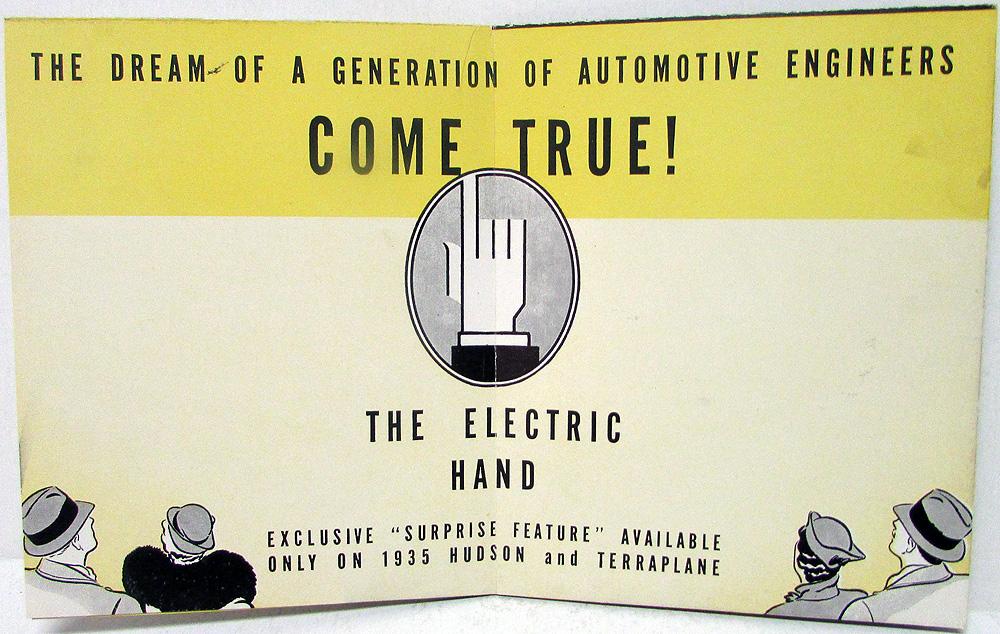LizzieMaine
Bartender
- Messages
- 33,697
- Location
- Where The Tourists Meet The Sea
The Boys have been using mascots and distinctive characters to get you to buy stuff for over a century now, and some of the figures they used before 1950, however effective they were in their day, are completely forgotten now. Sic transit gloria vendo.
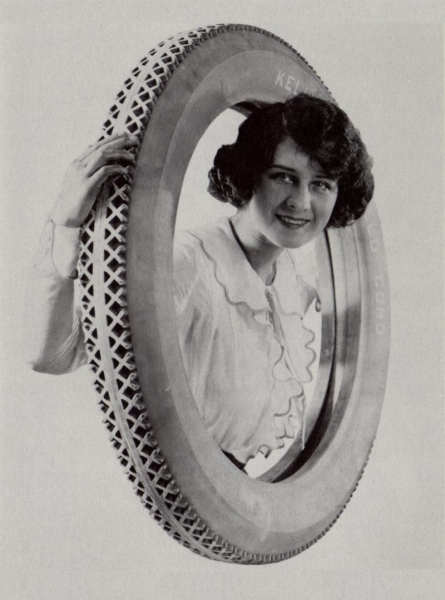
The face of Kelly Tires -- Miss Lotta Miles.

The "Funny Fat Man On The Red Box," for Bunte Brothers Cough Drops.

The "Engineer In Every Quart" of Veedol motor oil.

Little Miss Bab-O. That's a bonnet, not a medieval halo.
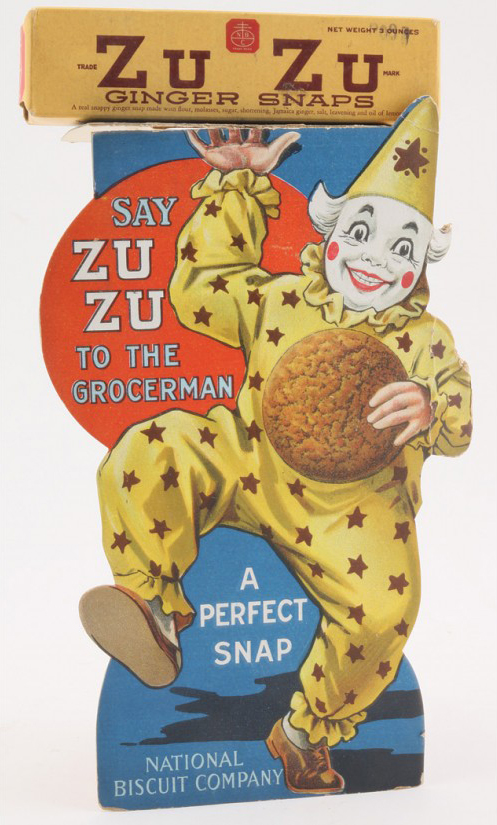
Zu Zu the Ginger Snap Clown, who ruled the cookie counter in the 1910s.
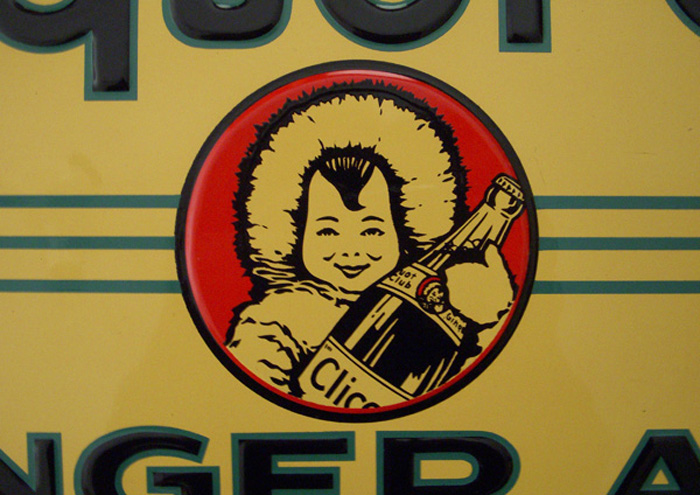
Klee-Ko the Eskimo Boy, who wants you to try his Clicquot Club Ginger Ale.

High-stepping Mr. Thirsty Fibre, the personification of Scottowels.

Mr. and Mrs. Val, who prove the quality of their varnish by pouring boiling water on it.

Lena, who knows lots of things you can do with Blue Ribbon Malt that don't involve the production of alcoholic beverages.

The Wrigley Spearmen, who encouraged the kiddies to cultivate the chewing-gum habit.

Willie the Penguin, who taught Joe Camel everything he ever knew.

Danny Donut, who goosestepped across the windows of dozens of Mayflower Donut Shops around Greater New York.
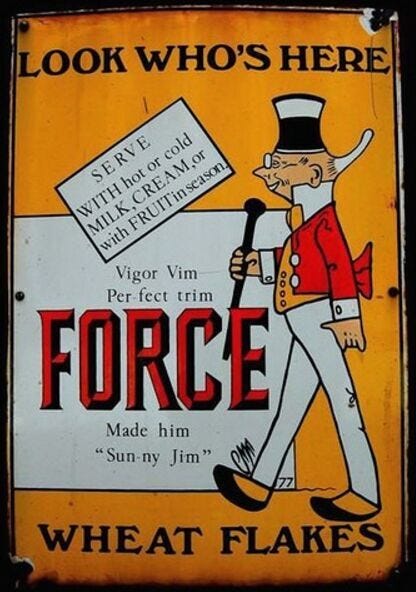
And poor old Sunny Jim, the very first advertising character used to market breakfast cereal, who was crowded off the shelf by younger, snazzier upstarts.

The face of Kelly Tires -- Miss Lotta Miles.

The "Funny Fat Man On The Red Box," for Bunte Brothers Cough Drops.

The "Engineer In Every Quart" of Veedol motor oil.

Little Miss Bab-O. That's a bonnet, not a medieval halo.

Zu Zu the Ginger Snap Clown, who ruled the cookie counter in the 1910s.

Klee-Ko the Eskimo Boy, who wants you to try his Clicquot Club Ginger Ale.

High-stepping Mr. Thirsty Fibre, the personification of Scottowels.

Mr. and Mrs. Val, who prove the quality of their varnish by pouring boiling water on it.

Lena, who knows lots of things you can do with Blue Ribbon Malt that don't involve the production of alcoholic beverages.

The Wrigley Spearmen, who encouraged the kiddies to cultivate the chewing-gum habit.

Willie the Penguin, who taught Joe Camel everything he ever knew.

Danny Donut, who goosestepped across the windows of dozens of Mayflower Donut Shops around Greater New York.

And poor old Sunny Jim, the very first advertising character used to market breakfast cereal, who was crowded off the shelf by younger, snazzier upstarts.
